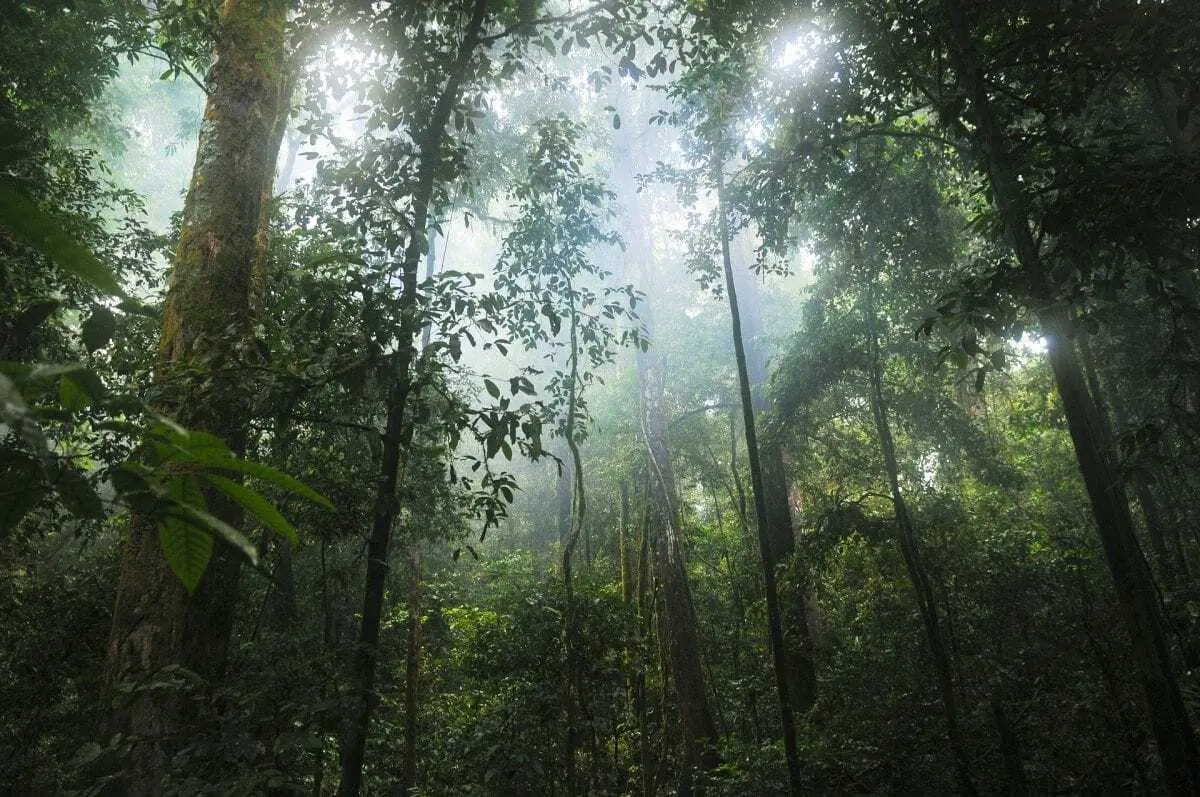The loss of plant and animal species around the world due to human activities could have been significantly underestimated due to a commonly used scientific method, according to a new study.
Lancaster University researchers and Brazilian colleagues went to the Amazon forest to measure dung beetle species diversity before and after logging exploration to contrast two different experimental methods.
The results are striking. When they compared the data from the different techniques, they discovered the most commonly used scientific method (space-for-time substitution) underestimated species loss by up to half.
Most ecological impact studies are conducted when the disturbance events (such as fires or logging) have already taken place and, as result, researchers are forced to use undisturbed sites in nearby regions to provide a picture of what the disturbed site may have looked like before the disturbance. This approach is known as space-for-time substitution and dominates literature on land-use change and disturbance. In an ideal world, when researchers are able to sample prior to the disturbance event, they can use a before–after control–impact technique. This technique enables them to compare biodiversity before and after the disturbance event.
The paper, published in the Journal of Applied Ecology , clearly demonstrates that space-for-time studies may lead us to underestimate the consequences of land-use change and forest disturbances on biodiversity loss in tropical forests.
Researchers from Lancaster University, UK, and the Federal University of Lavras in Brazil used pitfall traps to sample 4,846 dung beetles dung beetles across 34 different plots in the state of Pará in the Brazilian Amazon. The before–after control–impact approach was the only one to show significant negative effects of logging intensification; it also showed stronger negative effects on dung beetle species richness than the space-for-time approach.
Author Dr Filipe França said the finding had clear implications for conservation science and forest management.
He said: “We provide important evidence that the use of space-for-time assessments may underestimate the impacts of human-induced forest disturbances on biodiversity loss. Additionally, we demonstrate that sharp losses in species diversity and dung beetle biomass occurred particularly at high logging intensities.”
The report concluded: “The significantly weaker effects revealed by the space-for-time approach are of great concern: this is the most commonly used method of assessing the biological consequences of selective logging on tropical invertebrates and underpin most assessments of biodiversity and ecosystem functioning losses caused by anthropogenic forest disturbances.”
Dr França added: “Although our comparison is restricted to a single taxa and a single disturbance event, the magnitude in the scale of the effects suggests that the potential issues of could apply to other anthropogenic disturbances and other taxa.”





